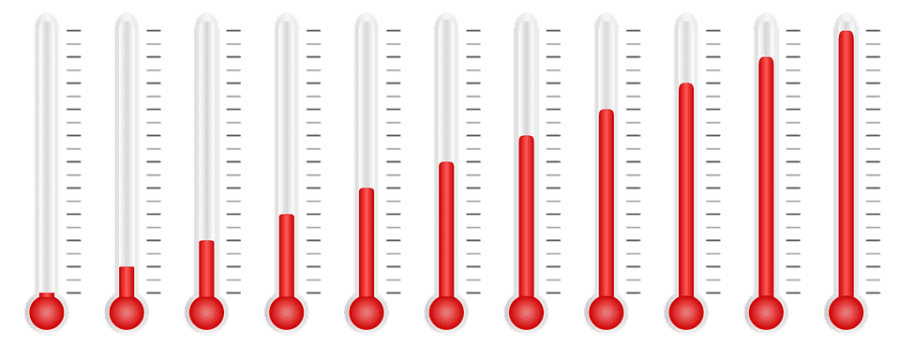For more than a decade, people have used social media to express themselves and inform and engage users across the globe. Now, a new study by Florida State University researchers examines the impact rising temperatures have on Twitter activity, and how government officials use the social media tool to warn the general public of heatwave conditions.
FSU doctoral student Jihoon Jung and Assistant Professor of Geography Chris Uejio co-authored the paper published this month in the International Journal of Biometeorology. They found in Atlanta, Los Angeles and New York City that as temperatures rose, the number of temperature-related tweets increased.
“If more agencies start to include social media and tap into what people are actually experiencing in real time, they can improve their extreme heat early warning systems,” Uejio said. “We are also hoping that these government groups will start to include more health information in their social media messaging.”
Extreme heat early warning systems are comprehensive programs where government officials communicate with the public and take actions such as opening cooling shelters or emergency distress lines that people can call if they have heat-related problems.
“A purpose of this study was to improve those early warning systems,” Uejio said.
The study surveyed more than 3 million tweets from May 7 to Nov. 3, 2014. Researchers focused on tweets addressing six different heat-related themes — air conditioning, cooling center, dehydration, electrical outage, energy assistance and heat.
Using a code created by Jung, the research team filtered out irrelevant tweets.
“For instance, there were lots of tweets mentioning the ‘Miami Heat’,” Jung said. “That is definitely not what we were looking for.”
Among the valid tweets, the heat theme comprised the largest proportion of tweets at 54.2 percent, followed by air conditioning (29.9 percent), electrical outage (7.8 percent) and dehydration (8 percent).
Researchers also examined the cities where government officials most commonly distributed energy assistance or cooling center messages throughout the United States. Energy assistance relates to the Low-Income Home Energy Assistance Program, a federal program that helps poor households with energy costs.
Several cities shared messages regarding energy assistance through Twitter including those located in Illinois, the District of Columbia, Missouri, New Jersey, Connecticut and Maryland. Eleven states did not use Twitter for energy assistance announcements, including the relatively hot states of Alabama, Mississippi and New Mexico.
Researchers also found that most of the energy assistance tweets were posted in October and November. This suggests that energy assistance is more focused on heating instead of cooling. However, researchers said energy assistance for cooling should be considered as important.
“Historically, air conditioning has been viewed as a thing of privilege or comfort but really, it’s more than that,” Uejio said. “It’s actually something we need in places where it’s too hot to live and work outdoors.”
Cooling centers are commonly opened by governments for disadvantaged households without access to mechanical cooling. Agencies in California, Illinois, Missouri, the District of Columbia, Maryland, Washington and Michigan most actively disseminated cooling center tweets. Some jurisdictions used Twitter to discuss heat events and an even smaller number of them actively used the platform for public service announcements.
Twenty-two states, including Nevada and Utah, did not use Twitter for this purpose.
Although this data set was gathered in 2014, researchers said they still were surprised at the number of states that were not incorporating the use of Twitter to disseminate messages regarding extreme heat, energy assistance and cooling centers. Over time, they expect more governments to utilize the resource.
Jung and Uejio both said this paper can provide some insight into future environmental studies or public health surveillance systems using social media networks. Future studies could also investigate how well educational messages disseminated on Twitter increase reader knowledge and potentially change human behaviors.
This study was funded by a grant from the U.S. Environmental Protection Agency.



The EPA wasted how many dollars for this “study” that found people seek cooler environments or water when it gets warmer? And we need air conditioning where “it’s too hot work or live outdoors?” And we need the government to figure out where to go to get cool as the people are just not smart enough to go to their local air conditioned libraries, stores, malls or movie theaters? Really??